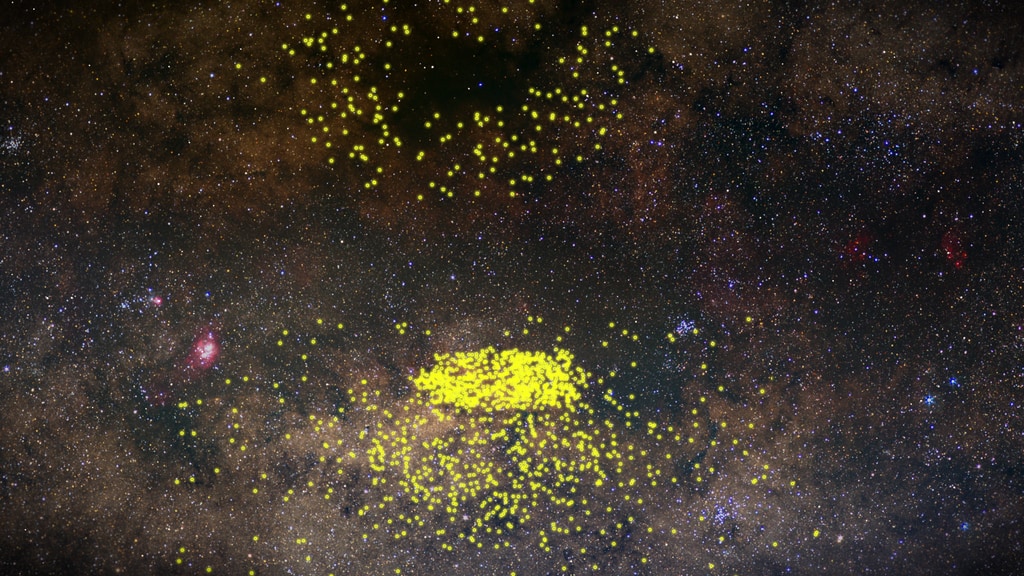

We also present evidence that giant planets and brown dwarfs obey different mass functions and semi-major axis distributions. We find at >3 sigma confidence that these planets are more common around high-mass stars (> 1.5 solar masses) than lower-mass stars. Our analysis of the uniform sample of the first 300 stars reveals new properties of giant planets (>2 MJup) from 3-100 AU. With detections of six planets and four brown dwarfs, including the new discoveries of 51 Eridani b and HR 2562 B, GPIES also has a significantly higher planet detection rate than any published imaging survey. The Gemini Planet Imager Exoplanet Survey (GPIES) has observed 521 young, nearby stars, making it one of the largest, deepest direct imaging surveys for giant planets ever conducted.

The opportunities enabled by TESS’s unique lunar-resonant orbit for an extended mission lasting more than a decade will also be presented.Įric Nielsen (Stanford) – The Gemini Planet Imager Exoplanet Survey: Giant Planet and Brown Dwarf Demographics from 10-100 AU


The status of the TESS mission as it completes its first year of survey operations in July 2019 will be reviewed. A concurrent, year-long deep survey by TESS of regions surrounding the North and South Ecliptic Poles will provide prime exoplanet targets for characterization with the James Webb Space Telescope (JWST), as well as other large ground-based and space- based telescopes coming online in the next two decades. In total, nearly 100 million objects brighter than magnitude I = +16 will be precisely photometered during the two-year prime mission.The initial TESS all-sky survey is well underway, covering 13 observation sectors in the Southern Ecliptic Hemisphere during Year 1, and 13 observation sectors in the Northern Ecliptic Hemisphere during Year 2. These FFIs provide precise photometric information for every object within the 2300 square degree instantaneous field of view of the TESS cameras.
#KEPLER TELESCOPE GLIMPSES POPULATION FREEFLOATING FULL#
Such TESS followup observations are enabling measurements of the masses, sizes, densities, orbits, and atmospheres of a large cohort of small planets, including a sample of habitable zone rocky worlds.An additional data product from the TESS mission is its full frame images (FFIs), which are collected at a cadence of 30 minutes. This first-ever spaceborne all-sky transit survey is identifying planets ranging in size from Earth-sized to gas giants, orbiting a wide variety of host stars, from cool M dwarfs to hot O/B giants.TESS stars are typically 30–100 times brighter than those surveyed by the Kepler satellite thus, TESS planets are proving far easier to characterize with follow-up observations than those from prior missions. During its initial two-year survey mission, TESS will monitor more than 200,000 bright stars in the solar neighborhood at a two minute cadence for drops in brightness caused by planetary transits. Successfully launched in April 2018, NASA’s Transiting Exoplanet Survey Satellite (TESS) is well on its way to discovering thousands of exoplanets in orbit around the brightest stars in the sky. George Ricker (MIT) – Review of TESS’s First Year Survey and Future Plans Full Program, Posters, and Meeting Planner Schedule: Jump to: Monday, Tuesday, Wednesday, Thursday, Friday SUNDAY 6:00 PM - Opening Reception (Harp’s Corner at the Harpa Center)


 0 kommentar(er)
0 kommentar(er)
